Increasing productivity is a goal for many. But where do you start?
Productivity tools can make a huge difference. They help you manage tasks, time, and projects more efficiently. From apps to software, these tools simplify your workflow. In today’s fast-paced world, staying productive is essential. With so many distractions, it’s easy to lose focus.
Productivity tools offer solutions to keep you on track. They can help you prioritize tasks, set deadlines, and monitor progress. Whether you’re a student, professional, or entrepreneur, these tools cater to different needs. By integrating them into your daily routine, you can achieve more with less stress. Stay tuned as we explore various productivity tools that can transform the way you work.
Table of Contents
Introduction To Productivity Tools
In today’s fast-paced world, staying productive is essential. Productivity tools can help us achieve more in less time. This introduction will guide you through the basics of productivity tools. Let’s explore how these tools can enhance efficiency and help us reach our goals.
Importance Of Efficiency
Efficiency is crucial in both personal and professional life. It means doing tasks in the least amount of time without compromising quality. Productivity tools help streamline processes, reduce errors, and save time. Being efficient allows us to focus on more important tasks and reduces stress.
- Time Management: Tools like calendars and to-do lists help manage time better.
- Task Automation: Automating repetitive tasks frees up time for creative work.
- Communication: Tools for communication ensure quick and clear exchanges of ideas.
Goals Of Using Tools
Using productivity tools has several goals. The primary goal is to increase productivity. By automating and organizing tasks, these tools help us work smarter, not harder. Here are some key goals:
- Organize Tasks: Keep track of tasks and deadlines.
- Improve Focus: Minimize distractions and stay on track.
- Boost Collaboration: Enhance team communication and project management.
- Track Progress: Monitor progress and make necessary adjustments.
| Tool Type | Example | Benefit |
|---|---|---|
| Project Management | Trello | Organizes projects and tasks. |
| Time Tracking | Toggl | Tracks time spent on tasks. |
| Note-taking | Evernote | Captures and organizes notes. |
Task Management Tools
In today’s fast-paced world, staying organized is essential. Task management tools help you keep track of your to-dos, deadlines, and projects. These tools ensure that nothing slips through the cracks. Let’s dive into some popular task managers and the benefits they offer.
Popular Task Managers
There are many task managers available, each with unique features. Here are a few popular ones:
| Tool | Features | Platform |
|---|---|---|
| Todoist | Task lists, priorities, deadlines | Web, iOS, Android |
| Trello | Boards, cards, checklists | Web, iOS, Android |
| Asana | Task assignments, project tracking | Web, iOS, Android |
Benefits Of Task Management
- Increased Productivity: Task managers help you focus on what matters most.
- Better Organization: Keep all your tasks in one place.
- Time Management: Set deadlines and reminders to stay on track.
- Collaboration: Share tasks and projects with team members.
Using task management tools can make a huge difference. Whether for personal use or team projects, these tools help you stay organized and efficient.
Communication Tools
Communication tools have become essential in today’s fast-paced work environment. They help teams stay connected and ensure smooth information flow. Effective communication is key to productivity. Below, we’ll explore some top communication platforms and how they enhance team collaboration.
Top Communication Platforms
Several platforms stand out for their robust features and ease of use. These tools ensure seamless communication within teams, enhancing productivity.
- Slack: Known for its intuitive interface, Slack allows real-time messaging. It supports file sharing and integrates with other productivity tools.
- Microsoft Teams: Offers chat, video meetings, and file storage. It integrates with Microsoft 365, making it a comprehensive solution for businesses.
- Zoom: Primarily used for video conferencing, Zoom is reliable and user-friendly. It supports webinars and large meetings.
- Google Meet: Part of Google Workspace, it offers video calls and integrates with Google Calendar. It’s suitable for small and large teams.
Enhancing Team Collaboration
Communication tools are not just about messaging. They play a vital role in enhancing team collaboration.
- Centralized Communication: Tools like Slack and Teams keep all messages in one place. This reduces the need for email and speeds up decision-making.
- File Sharing: These platforms support file sharing. Team members can access documents quickly and collaborate on projects.
- Video Conferencing: Zoom and Google Meet enable face-to-face interaction. This is important for remote teams and enhances understanding.
- Integration with Other Tools: Many communication platforms integrate with project management and productivity tools. This creates a seamless workflow.
Choosing the right communication tool can significantly enhance productivity. It fosters better collaboration and ensures everyone stays connected.
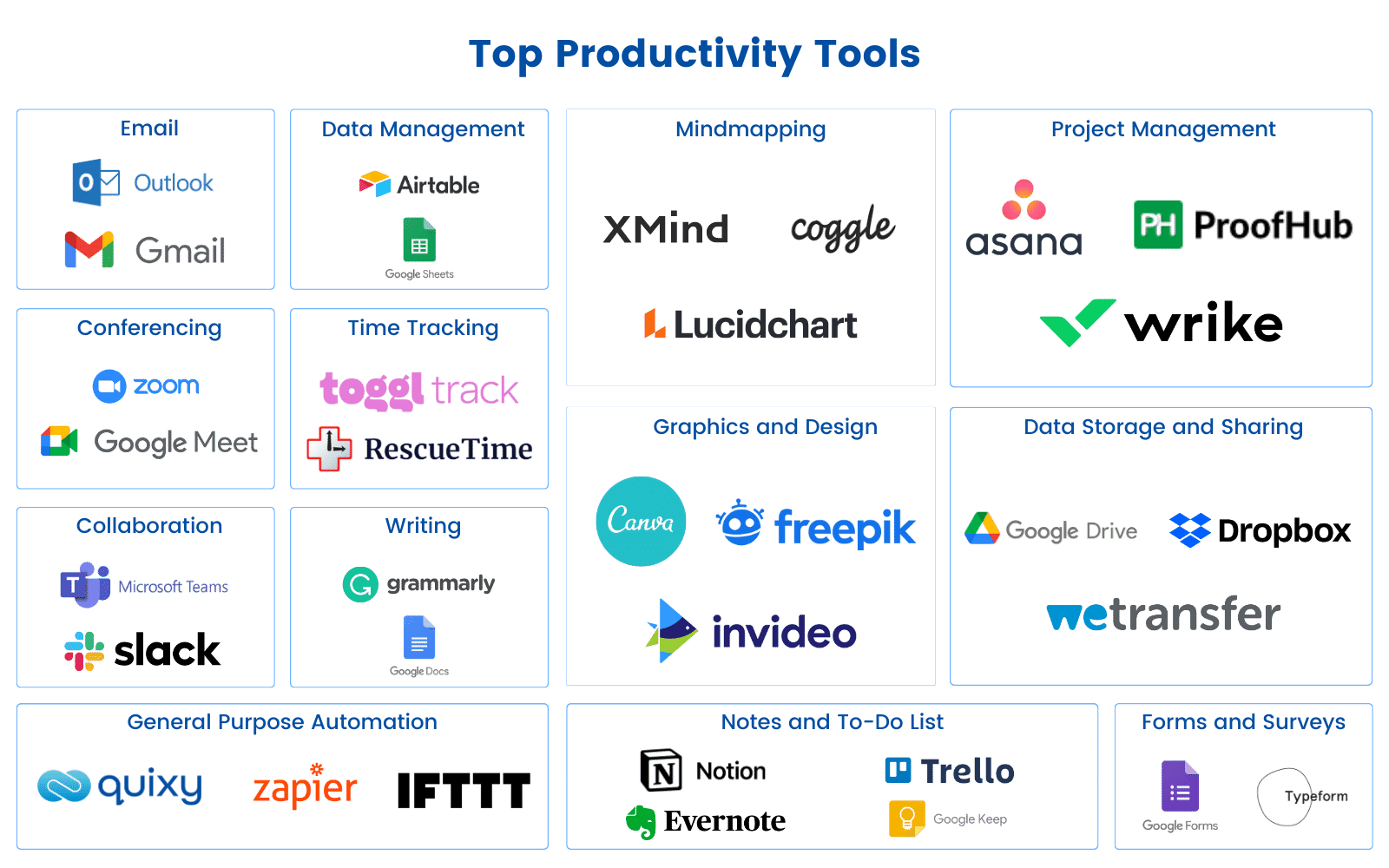
Time Tracking Tools
In today’s fast-paced world, managing time efficiently is crucial. Time tracking tools help you monitor how you spend your hours. These tools boost productivity and help avoid distractions. They are essential for anyone looking to optimize their time.
Best Time Tracking Apps
Choosing the right time tracking app can be challenging. Here are some of the best time tracking apps available:
- Toggl: Easy to use and offers detailed reports.
- Clockify: Free and supports unlimited users.
- RescueTime: Tracks time spent on apps and websites.
- Harvest: Integrates with many other tools and provides invoicing features.
These apps offer unique features. Toggl is great for beginners. Clockify is ideal for teams. RescueTime helps identify time-wasting habits. Harvest is perfect for freelancers.
Analyzing Time Usage
Analyzing how you use time can improve productivity. Time tracking tools make this easy. Here are some key metrics to monitor:
- Total Hours Worked: Understand your work patterns.
- Breaks Taken: Ensure you take regular breaks.
- Project Time: Track time spent on different projects.
- Idle Time: Identify periods of inactivity.
By analyzing these metrics, you can identify areas for improvement. For example, you may find that you spend too much time on non-essential tasks. Or, you might realize you need more breaks to stay productive.
A simple table can help track these metrics:
| Metric | Description |
|---|---|
| Total Hours Worked | Time spent working each day |
| Breaks Taken | Number of breaks and their duration |
| Project Time | Time spent on each project |
| Idle Time | Time not actively working |
Regularly reviewing this table can help you make better use of your time. It provides a clear picture of how your days are structured. Time tracking tools make this process simple and efficient.
Project Management Tools
Project management tools help teams organize tasks, track progress, and meet deadlines. These tools are essential for keeping projects on track and ensuring team collaboration. The right tool can make a big difference in productivity and workflow. Here we will discuss leading project managers and how they streamline project workflows.
Leading Project Managers
Several project management tools are popular among teams. Each tool has unique features to help manage tasks and projects.
- Trello: A visual tool using boards, lists, and cards to organize tasks. It is easy to use and great for small teams.
- Asana: Known for its powerful task management features. It allows teams to track work and meet deadlines efficiently.
- Monday.com: A flexible tool with customizable workflows. It is suitable for both small and large teams.
- Jira: Ideal for software development teams. It offers advanced features for bug tracking and agile project management.
Streamlining Project Workflow
Using project management tools can significantly improve workflow. Here are some ways these tools help streamline project tasks:
- Task Assignment: Assign tasks to team members easily. Everyone knows their responsibilities.
- Progress Tracking: Monitor the progress of each task. Identify bottlenecks and address them quickly.
- Collaboration: Share files and communicate within the tool. Keep all project information in one place.
- Deadlines: Set deadlines and reminders. Ensure that every task is completed on time.
- Reporting: Generate reports to analyze project performance. Make data-driven decisions to improve future projects.
Below is a table comparing the key features of these leading project management tools:
| Tool | Best For | Key Features |
|---|---|---|
| Trello | Visual task management | Boards, lists, cards |
| Asana | Task tracking | Tasks, subtasks, deadlines |
| Monday.com | Custom workflows | Templates, automation, dashboards |
| Jira | Software development | Agile boards, bug tracking |
Choosing the right project management tool can enhance productivity. Evaluate your team’s needs to find the best fit.
Note-taking Tools
In today’s fast-paced world, keeping track of important information is crucial. Note-taking tools help you organize your thoughts, ideas, and tasks efficiently. They are essential for students, professionals, and anyone who wants to stay organized.
Effective Note-taking Apps
Several effective note-taking apps can streamline your workflow. These apps come with features that make note-taking easy and fun.
- Evernote: A versatile app with powerful search capabilities.
- OneNote: Integrates well with Microsoft Office.
- Google Keep: Simple interface with voice notes.
- Notion: Combines notes, tasks, and databases.
Each app offers unique features. Choose one that fits your needs.
Organizing Notes Efficiently
Efficiently organizing notes is essential for quick retrieval. Here are some tips:
- Use tags to categorize notes.
- Create folders for different subjects or projects.
- Regularly review and update your notes.
- Use color-coding to prioritize important notes.
By following these tips, you can keep your notes organized and accessible.
| App | Best For | Key Features |
|---|---|---|
| Evernote | Comprehensive Note-Taking | Web clipping, search, tags |
| OneNote | Microsoft Integration | Section groups, ink annotations |
| Google Keep | Quick Notes | Voice notes, reminders |
| Notion | All-in-One Workspace | Databases, Kanban boards |
Choosing the right tool and organizing notes effectively can boost your productivity. Start exploring these apps today.
Automation Tools
Automation tools are essential for increasing productivity in the digital age. They help streamline workflows, eliminate repetitive tasks, and allow you to focus on more critical activities. By using these tools, you can save time, reduce errors, and improve overall efficiency.
Automating Repetitive Tasks
Repetitive tasks consume valuable time and energy. Automation tools can perform these tasks faster and more accurately. This leaves you free to tackle more important work.
For example, scheduling social media posts manually can be tedious. An automation tool can schedule posts in advance. This ensures your social media presence remains active without constant manual input.
Examples Of Automation Software
There are many automation software options available. Here are some popular choices:
| Software | Description |
|---|---|
| Zapier | Connects different apps to automate workflows. |
| IFTTT | Stands for “If This Then That”. It automates tasks between apps. |
| Automate.io | Automates marketing, sales, and business processes. |
- Zapier – Creates “Zaps” to connect apps and automate workflows.
- IFTTT – Uses “Applets” to automate tasks based on triggers.
- Automate.io – Integrates apps and automates processes with ease.
These tools can handle a variety of tasks such as:
- Sending automated emails.
- Updating spreadsheets.
- Posting on social media.
Automation tools make it easier to manage daily activities. They ensure tasks are completed efficiently and accurately.
Integration And Customization
In the world of productivity tools, integration and customization play crucial roles. These features allow users to streamline their workflows and tailor tools to meet specific needs. By connecting multiple tools and customizing settings, users can achieve greater efficiency and flexibility in their daily tasks.
Connecting Multiple Tools
Connecting multiple tools helps create a seamless workflow. Users can link calendars, task managers, and communication platforms to work together. This integration eliminates the need to switch between apps constantly.
Popular productivity tools offer native integrations with other software. For instance, Trello can connect with Slack, Google Drive, and Outlook. These integrations ensure that all your tools communicate effectively. It keeps your projects organized and updates synchronized.
There are various ways to connect tools:
- Using built-in integrations
- Employing third-party services like Zapier
- Developing custom integrations using APIs
Customizing Tool Settings
Customizing tool settings ensures they fit your unique workflow. Many tools offer a range of settings that you can adjust. These options allow you to change the appearance, notifications, and functionality of the tool.
For example, in Asana, you can:
- Set custom project views
- Create templates for recurring tasks
- Adjust notification preferences
Customization also includes creating personalized shortcuts and automation. This reduces repetitive tasks and saves time. Many tools provide options to create custom fields, tags, and labels. These features help categorize and prioritize tasks efficiently.
Here is a simple example of customizing settings in a tool:
1. Open the tool's settings menu.
2. Navigate to the customization section.
3. Choose the settings you want to modify.
4. Save the changes to apply them.
By connecting multiple tools and customizing settings, users can create a more efficient and tailored work environment. This enhances productivity and allows for better task management.
Choosing The Right Tools
Choosing the right productivity tools can be challenging. The right tools can boost your efficiency and save time. But how do you decide which ones to use? Here are some factors to consider and a trial and error approach to help you make the best choice.
Factors To Consider
There are several factors to consider when selecting productivity tools. Here’s a list of key considerations:
- Ease of Use: The tool should be easy to use and understand.
- Compatibility: Ensure it works well with your existing systems.
- Features: Look for features that meet your needs.
- Cost: Consider the cost and if it fits your budget.
- Support: Good customer support can be crucial.
Trial And Error Approach
Using a trial and error approach can help you find the best tools. Follow these steps:
- Research: Start by researching various tools.
- Try Free Versions: Use free trials or basic versions first.
- Evaluate: Assess how well each tool meets your needs.
- Seek Feedback: Ask your team for their opinions.
- Make a Decision: Choose the tool that performs best.
This method can help you find a tool that fits your workflow.

Future Of Productivity Tools
The future of productivity tools is an exciting topic. As technology advances, these tools will continue to evolve. This evolution will make our lives easier and our work more efficient. Let’s explore the emerging trends and predictions for productivity tech.
Emerging Trends
New trends in productivity tools are shaping the future. Here are some of the most important trends:
- Artificial Intelligence (AI): AI is becoming more common in productivity tools. It can automate repetitive tasks and provide insights.
- Integration: Tools are now integrating with each other. This means you can use multiple tools without switching between them.
- Remote Work Support: More tools are supporting remote work. Features like video conferencing and collaboration are being enhanced.
- Customization: Users want tools that fit their needs. Customizable interfaces and workflows are becoming standard.
- Security: With more data online, security is crucial. Productivity tools are focusing more on data protection and privacy.
Predictions For Productivity Tech
What does the future hold for productivity tech? Here are some predictions:
- Increased AI Integration: AI will play a bigger role. Expect smarter tools that learn from your behavior.
- Voice Commands: Voice commands will become more common. This will make it easier to use tools hands-free.
- Virtual Reality (VR): VR will create immersive work environments. This will change how we collaborate and meet.
- Blockchain: Blockchain technology will enhance security. This will protect data and ensure privacy.
- More Mobile Features: Mobile productivity tools will improve. Expect more features and better user experiences on mobile devices.
The future of productivity tools looks bright. Emerging trends and tech predictions show great potential. Stay updated and be prepared for these exciting changes.
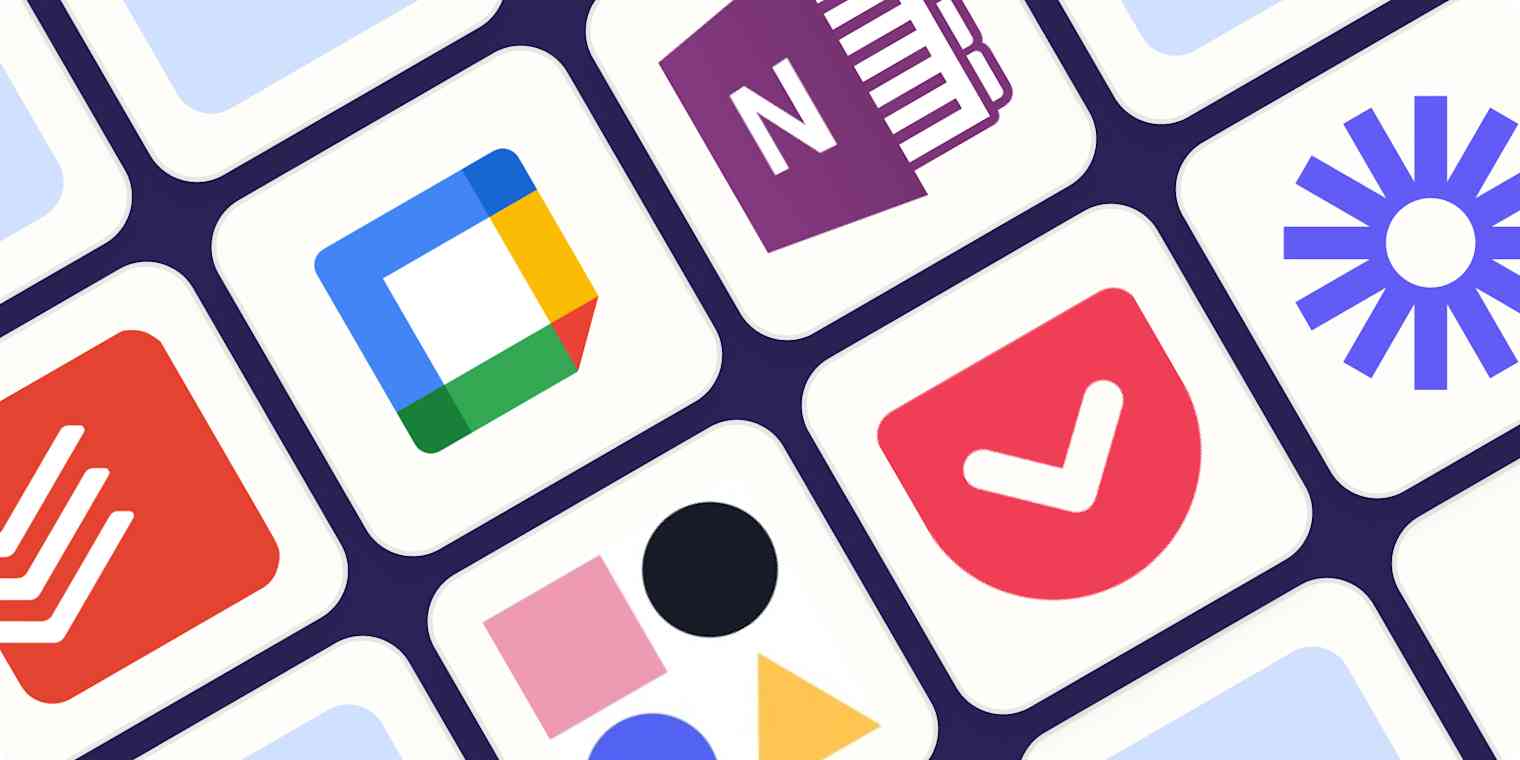
Frequently Asked Questions
What Are The Best Productivity Tools?
The best productivity tools include Trello, Asana, Slack, and Notion. These tools help manage tasks, collaborate, and stay organized. They are user-friendly and efficient.
How Do Productivity Tools Improve Efficiency?
Productivity tools streamline workflows, enhance collaboration, and reduce time spent on repetitive tasks. They help prioritize tasks and keep track of progress.
Are There Free Productivity Tools Available?
Yes, many productivity tools offer free versions. Examples include Trello, Slack, and Google Keep. These tools provide essential features at no cost.
Which Productivity Tools Are Best For Teams?
For teams, tools like Asana, Slack, and Microsoft Teams are ideal. They enhance communication, task management, and collaboration among team members.
Conclusion
Productivity tools can transform your work habits. They save time and reduce stress. With the right tools, tasks become manageable. Explore different tools and find your best fit. Each tool offers unique benefits. Use them wisely to enhance your workflow.
Stay consistent and watch your productivity soar. Happy working!
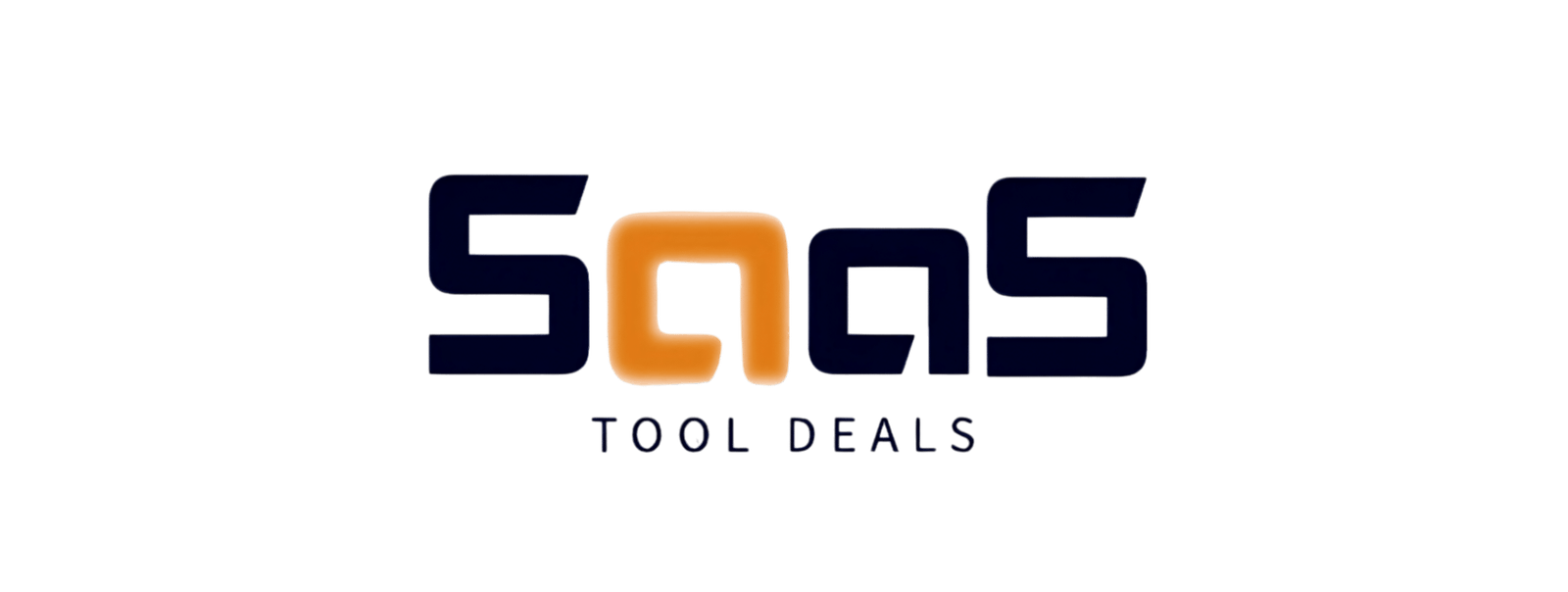
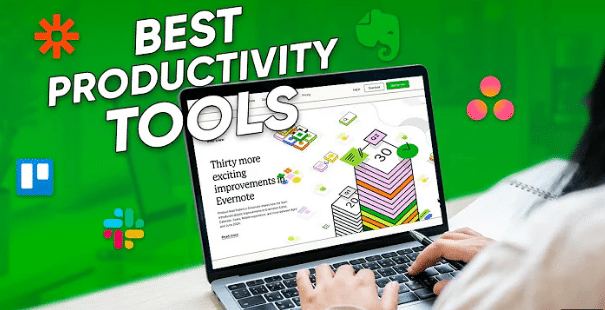
Leave a Reply